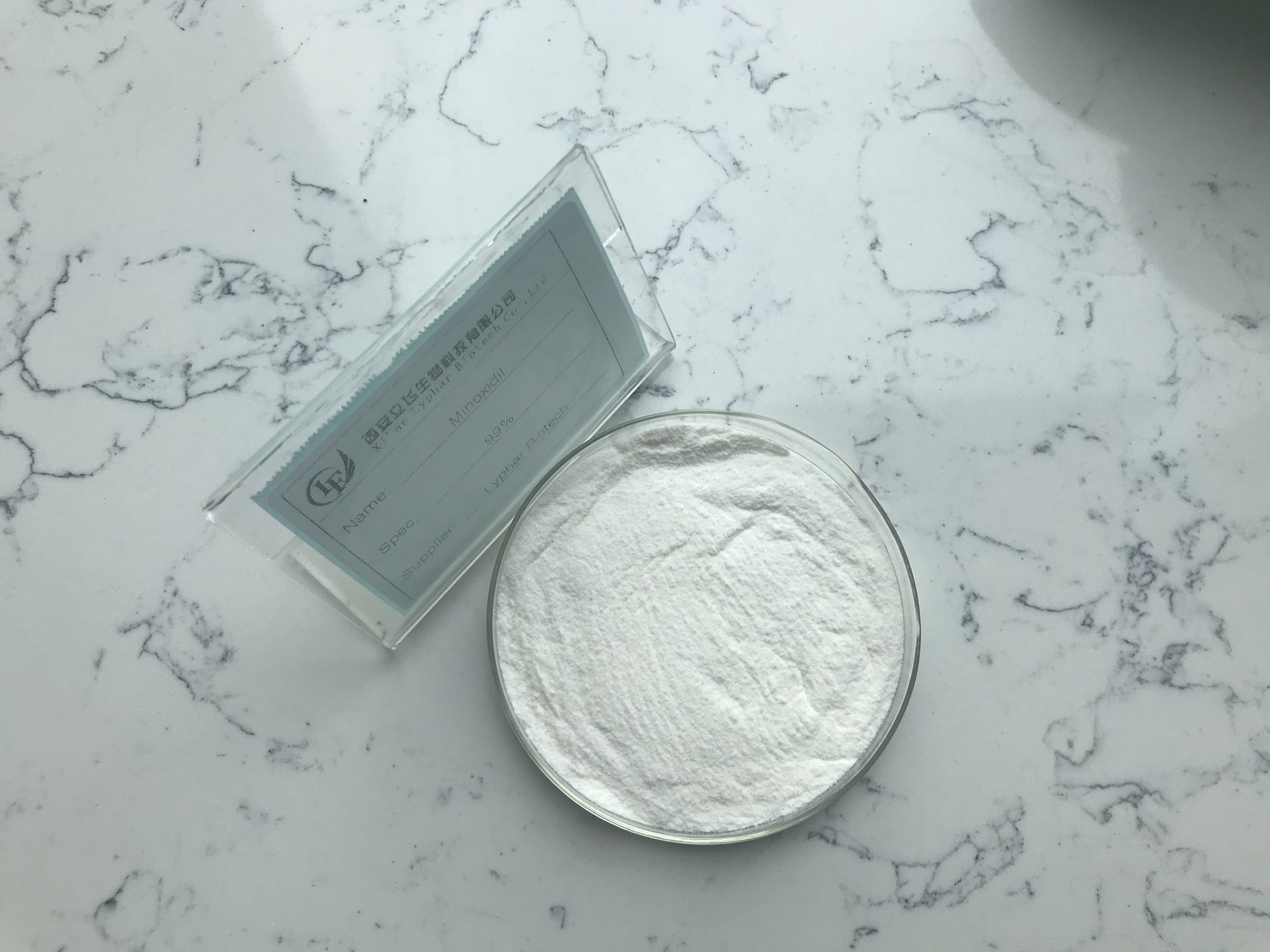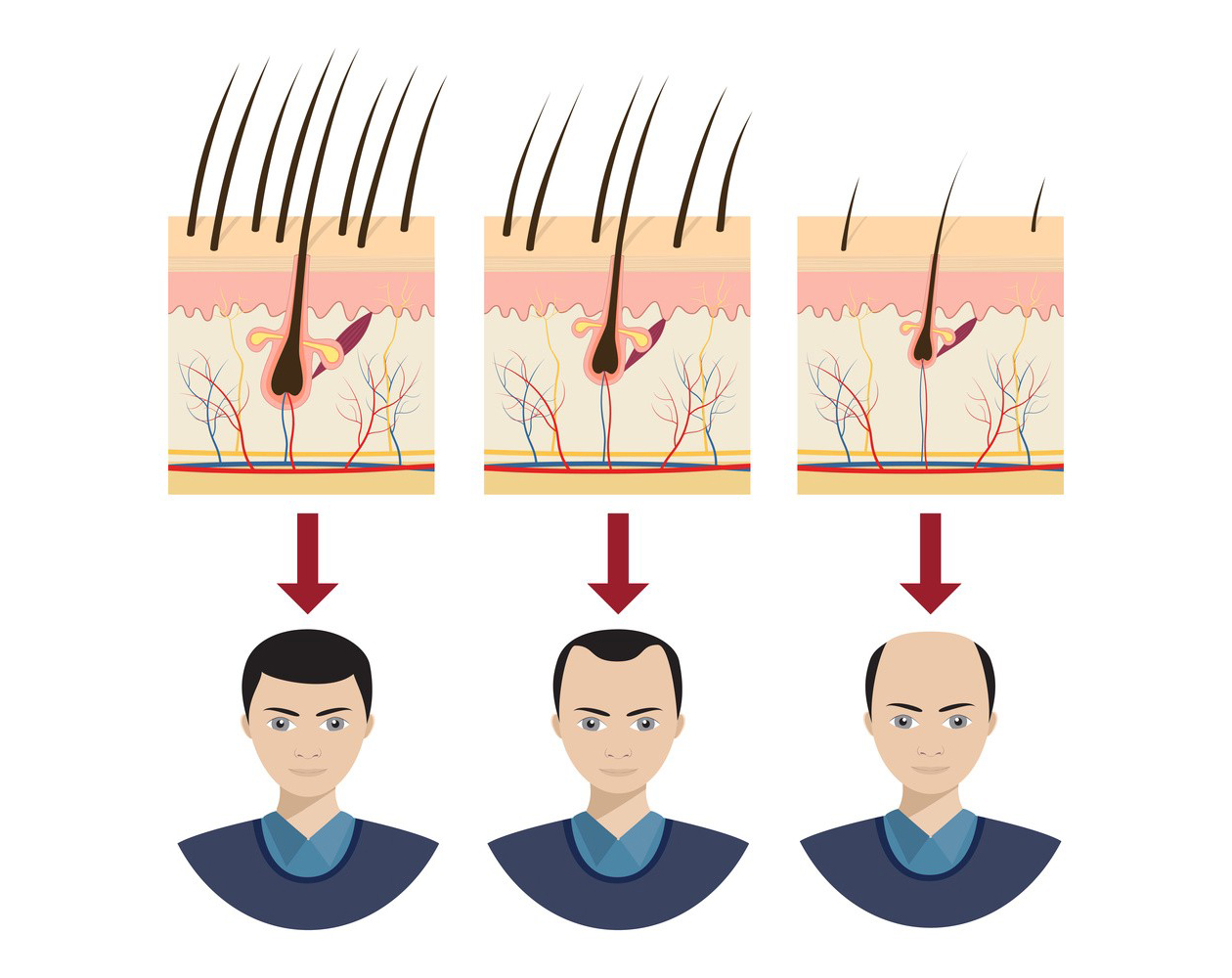Minoxidil is a medication primarily used to treat hair loss, particularly in cases of androgenetic alopecia (pattern baldness) and other forms of hair thinning. The exact mechanism by which minoxidil works is not fully understood, but several theories have been proposed:
1. Vasodilation:
Minoxidil was originally developed as an oral antihypertensive (blood pressure-lowering) medication. One of its known effects is vasodilation—widening of blood vessels. When applied topically, it is believed to improve blood flow to the hair follicles. This increased blood circulation may deliver more oxygen, nutrients, and growth factors to the follicles, which could promote healthier and faster hair growth.
2. Stimulation of Hair Follicles:
Minoxidil is thought to stimulate the hair follicles, promoting the transition of hair follicles from the resting phase (telogen) to the active growth phase (anagen). It may extend the duration of the anagen phase and shorten the duration of the telogen phase, which could result in thicker and more abundant hair growth over time.

3. Increase in Size of Hair Follicles:
Another potential mechanism is the enlargement of miniaturized hair follicles. In androgenetic alopecia, hair follicles gradually shrink and produce thinner hair. Minoxidil might help reverse this miniaturization by stimulating the follicles, causing them to grow larger and produce thicker hair strands.
4. Potassium Channel Opening:
Minoxidil has been shown to open potassium channels in the cells. This action could enhance follicle function and hair growth by promoting cellular activity, although the exact biochemical mechanisms are still being studied. The opening of potassium channels might also affect other pathways involved in hair follicle regeneration.
5. Anti-inflammatory Effects:
Some studies suggest that minoxidil might have anti-inflammatory properties that could contribute to its effectiveness in treating hair loss. Chronic inflammation around hair follicles can impair growth, and reducing this inflammation may promote healthier follicles.

Clinical Use of Minoxidil:
Minoxidil is available in topical formulations, typically as a 2% or 5% solution or foam. It is applied directly to the scalp, and while it is effective for many people in stimulating hair growth, its exact effectiveness can vary. Results often take several months to become noticeable, and its use is typically continued to maintain hair growth. If treatment is stopped, any gains in hair density may be lost within several months.
In summary, while the full mechanism of action of minoxidil is not entirely understood, it is believed to promote hair growth through vasodilation, follicular stimulation, and possibly other cellular effects that enhance follicle size and function.
